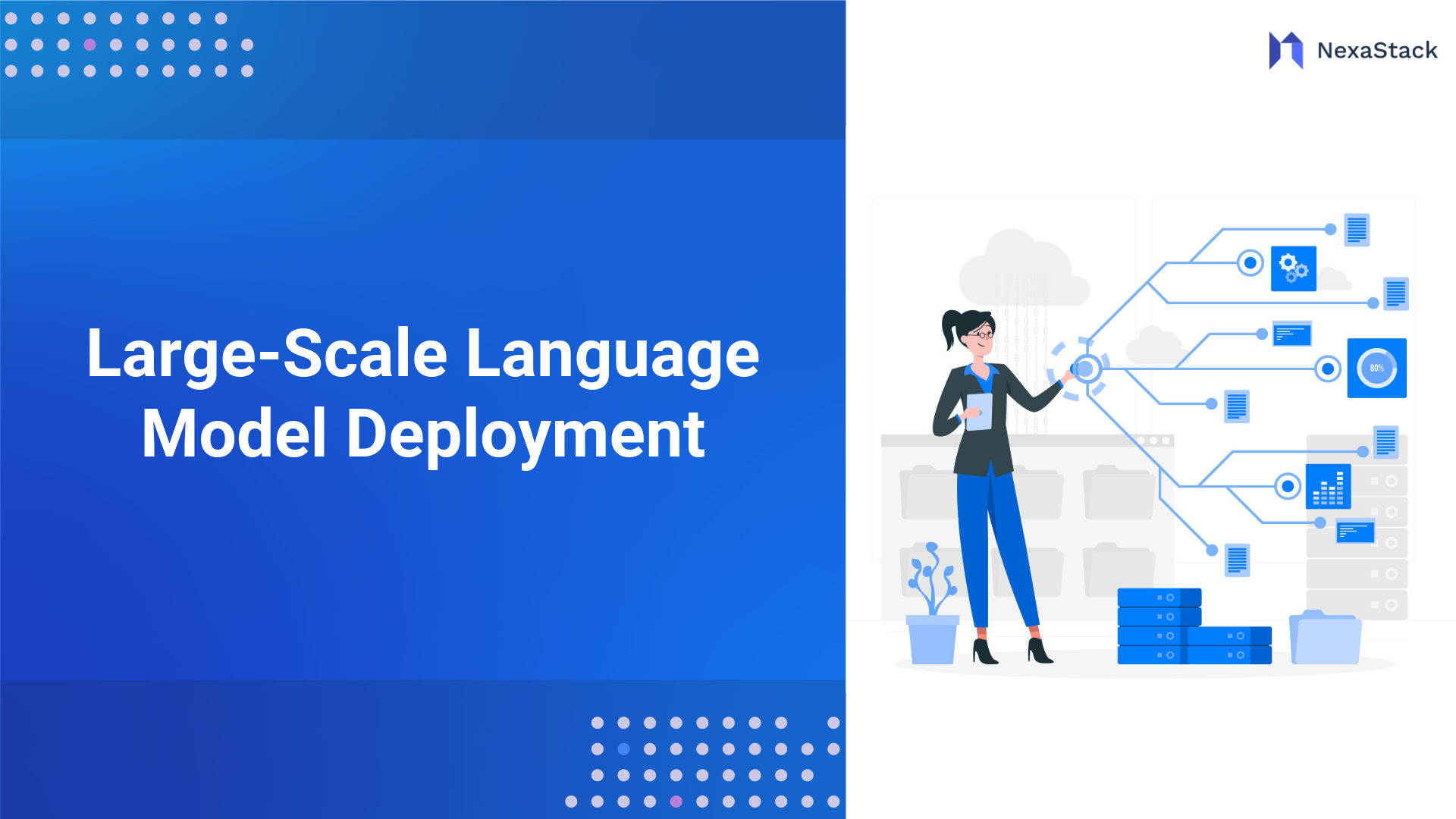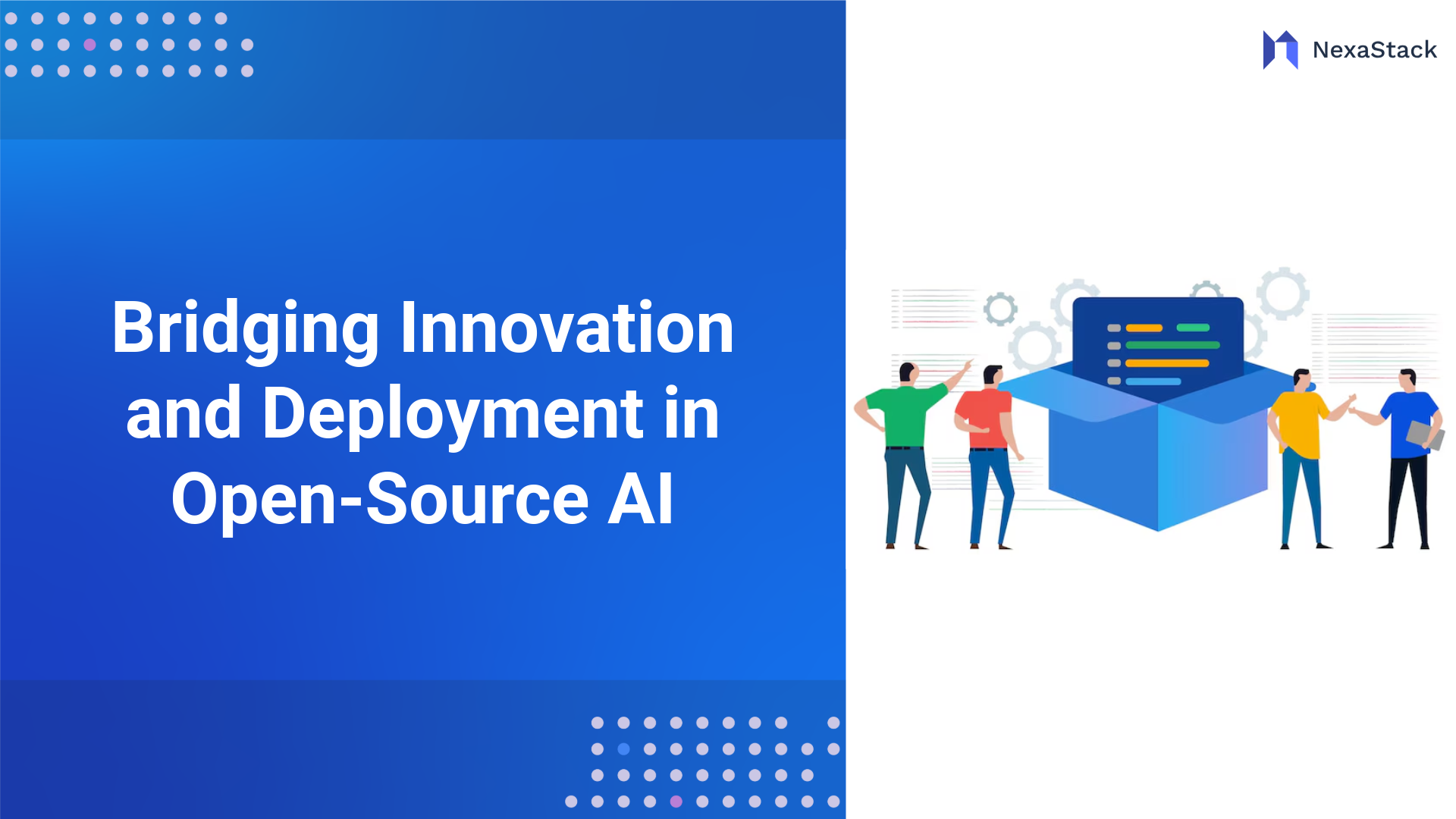Run LLAMA Self-Hosted offers a powerful solution, allowing enterprises to host and manage the LLAMA model on their infrastructure. This approach enhances data security, minimises dependency on external APIS, and enables fine-tuned customisation for specific use cases. This guide explores the key considerations, benefits, and best practices for self-hosting and optimizing LLAMA model deployment.
This self-hosted deployment model is especially valuable for industries with strict compliance requirements, such as finance, healthcare, and defence, where control over data and infrastructure is paramount. Moreover, optimizing LLAMA deployment can result in reduced latency, cost savings on API calls, and improved inference speeds, making it suitable for real-time and edge applications.
This article delves into the architecture, setup requirements, performance tuning, and best practices for running LLAMA self-hosted. Whether you're exploring LLMs for chatbot development, enterprise search, or intelligent automation, this guide will help you unlock the full potential of LLAMA through optimized deployment strategies.
 Figure 1: Run LLAMA Self-Hosted
Figure 1: Run LLAMA Self-Hosted Model Selection & Specifications
Before you start, selecting the correct Llama model version that fits your needs is essential. Meta's Llama models come in various sizes and styles, and each one has its advantages and disadvantages to consider:
Model Sizes
-
Llama 2/3/4 7B: Lightweight, suitable for prototyping, chatbots, and applications with limited hardware.
Specialized Variants
-
Domain-specific: Community or custom fine-tuned models for coding, moderation, medical, or legal tasks.
Key Considerations
Key: Start with a smaller model for development, then scale up as needed.
Infrastructure Requirements
LLMs are resource-hungry. Your infrastructure must be robust enough to handle your chosen Llama model's computational and memory demands.
Hardware
-
GPUS: NVIDIA A100, H100, or similar data centre GPUs are recommended. For 7B models, a single 24GB GPU may suffice; for 70B, you’ll need multiple GPUs with at least 80GB each.
Cloud vs. On-Premises
-
Cloud (AWS, GCP, Azure): Quick scalability, managed GPU instances, but ongoing costs and data privacy concerns.
-
On-Premises: Greater control and cost-effective for long-term usage, but higher upfront investment and maintenance.
Containerization & Orchestration
Software Dependencies
-
PyTorch: Core deep learning framework.
-
vLLM: High-performance inference engine for Llama models.
-
Python 3.8+: For scripting and orchestration.
Installation & Configuration
When your hardware is ready, it’s time to install and configure the Llama model and its serving stack.
Step 1: Download Model Weights
Step 2: Install Dependencies
- Python & pip: bash
sudo apt update
sudo apt install python3 python3-pip
- CUDA & cuDNN: Ensure your GPU drivers and CUDA toolkit are current.
- PyTorch: bash
- pip install torch torchvision torchaudio --extra-index-url vLLM: bash
pip install vllm
Step 3: Serving the Model
Using vLLM CLI
bash
- python -m vllm.entrypoints.openai.api_server model /path/to/llama-model
- This launches a local API server compatible with the Openai API, making integration easier.
Configuration Tips
-
Set up the environment variables you need. These include the batch size, the maximum context length, and the quantization. Adjust each one to match your task's specific needs.
-
Use configuration files to manage various versions of your model or refined checkpoints. This approach helps you keep track of changes made to the model, whether you're trying out new features or adjusting settings to improve performance. By organizing these files, you can easily switch between different model variants and maintain an effective workflow for experimentation and development.
Performance Optimization Techniques
Using Llama in the best way is essential when handling production tasks. To make your deployment work well, follow these tips:
Leverage vllm’s Optimizations
-
Paginated Attention: vllm has a special method for managing attention. This method uses less memory and operates more quickly, making it more efficient overall.
-
Continuous Batching combines requests to use the GPU better, allowing it to perform tasks more efficiently and reducing idle time.
Quantization
-
Switch model weights to lower-precision formats such as FP16, INT8, or INT4. This reduces the memory needed and speeds up the process when the model is used to make predictions. This approach helps make models more efficient, especially when resources are limited.
-
Tools: Using Bitsandbytes for Quantization with Hugging Face’s Transformers.
Model Sharding
Hardware Tuning
Autoscaling
Caching
Fine-Tuning for Enterprise Use
When first used, llama models are really strong. However, if you take the time to adjust or fine-tune them according to the specific needs of your work area, they perform even better and reach their full potential.
Why Fine-Tune?
-
Domain Adaptation: Increase the accuracy of working with your organisation’s data, whether legal, medical, or financial. This means ensuring that the tools or systems you use are more precise and reliable when handling the specific types of data your organisation deals with, like contracts in law, patient records in medicine, or spreadsheets in finance.
-
Task Specialisation: When you focus the model on specific tasks, you teach it how to perform particular activities well. For example, you can train the model to create summaries of long texts, answer questions clearly, or even generate computer code. By doing this, the model becomes good at the specific task you want it to perform.
-
Follow the Rules & Keep Safe: Work on reducing possible errors and ensure that everything you do correctly meets company guidelines. It’s important to stay aligned with these rules to maintain safety and compliance within the workplace. This means carefully checking your work to prevent mistakes and understanding the guidelines set by the company to ensure everything is done right. By following these rules, you contribute to a more efficient work environment.
Fine-Tuning Approaches
-
Full Fine-Tuning: This method needs a lot of computer power. It works best with big datasets when you need to make major changes or adaptations.
-
Parameter-Efficient Fine-Tuning (PEFT): Parameter-Efficient Fine-Tuning (PEFT) is a smart method to adjust models without needing to change everything. This approach includes techniques like LoRA, QLoRA, and adapters, which allow you to change only a tiny part of the model's parameters. By focusing on just this small subset, you save a lot of time and resources. This means you don't have to spend effort on the entire model, making the process faster and more efficient.
How to Fine-Tune
-
Prepare Dataset: Clean, label, and format your enterprise data (JSON, CSV, or text).
-
Pick a Framework: You can choose from libraries like Hugging Face transformers, PEFT, or QLoRA. These libraries offer tools for working with language models and can help with your machine learning projects.
Train: python
from transformers import Trainer, TrainingArguments
Set up your dataset and model, then train
-
Evaluate: Test on held-out data and measure accuracy, relevance, and safety.
-
Deploy: Load the fine-tuned model into your vLLM or serving stack.
API & System Integration
 Figure 2: API and System Integration Cyscle
Figure 2: API and System Integration Cyscle
To maximise the business value of your self-hosted Llama, integrate it seamlessly with existing applications and workflows by leveraging API serving options like REST API, gRPC, or WebSocket for robust communication. Utilise Python, JavaScript, or Java SDKS to connect your apps to the Llama API and integrate with workflow tools such as Zapier or Airflow or business systems like ERP and CRM for streamlined operations.
Enhance flexibility by combining Llama with other models (e.g., GPT-4, Claude) for fallback or ensemble approaches, routing requests based on task complexity, cost, or compliance requirements. Ensure security with authentication mechanisms like API keys, OAuth, or enterprise SSO, and implement role-based access control (RBAC) to restrict access to sensitive endpoints or data.
Monitoring & Maintenance
Llama operational excellence requires continuous monitoring and proactive maintenance. Use tools like Prometheus and Grafana for real-time metrics (e.g. latency, throughput, GPU usage), ELK Stack (Elasticsearch, Logstash, Kibana) for log aggregation and analysis, and custom dashboards to track prompt/response quality, error rates and usage patterns.
Key monitoring metrics are latency and throughput for SLAs, GPU usage for cost and performance, error rates to investigate API failures or anomalies, and model drift to ensure output quality and relevance. Maintenance tasks are updating model weights and dependencies, applying OS, driver and library patches, retraining or fine tuning to keep up with business needs, and audit logs for GDPR, SOC 2 and HIPAA compliance.
 Figure 1:
Figure 1: 
 Figure 2: API and System Integration Cyscle
Figure 2: API and System Integration Cyscle



